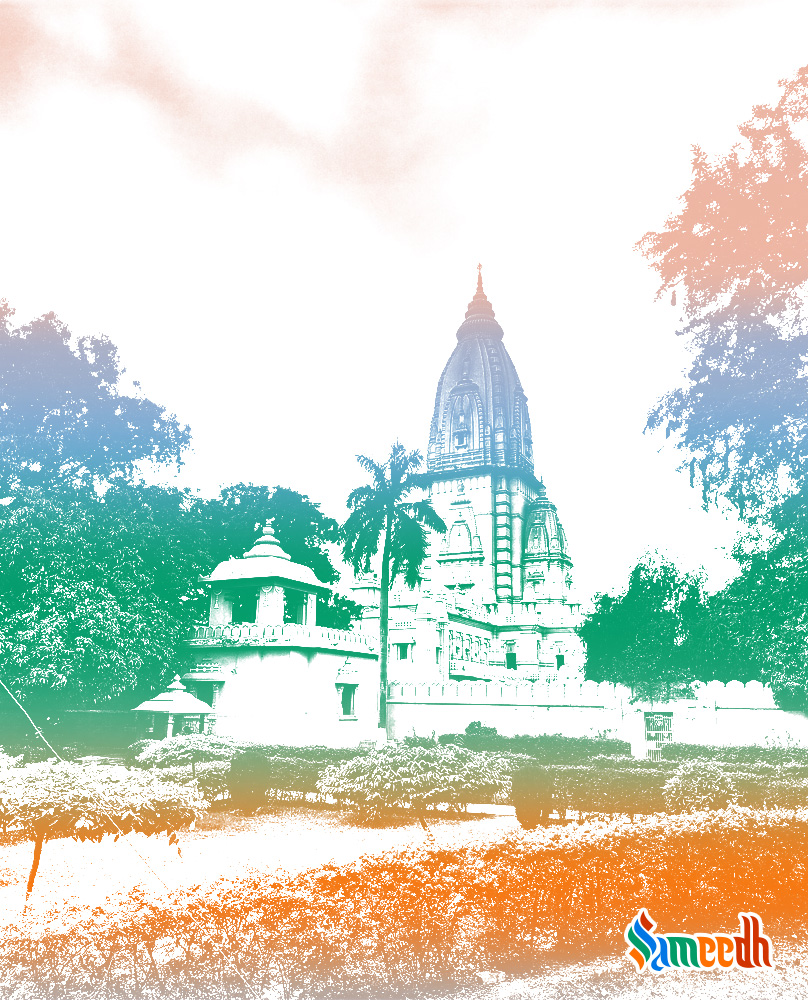The significance and relevance of the holy temple built for lord Shiva in Varanasi

LOCATION
Jyotirling temples are the Hindu symbolic places of worship to offer prayers to lord Shiv, the powerful god of destruction. This temple is located on the banks of the holy river Ganga in the Indian state of Uttar Pradesh, Varanasi. This is one of the most famous Jyotirlings which is widely recognized as a golden temple as it is covered in that auspicious and expensive metal. It is built for the chief divinity, Vishwanath, literally meaning the lord of the universe.
MYTHOLOGY
Kashi is said to be the location where the first beam of light was shone upon when the entire mother Earth was created. It is then believed that Shiv himself used to reside here as a guardian of the city and went by the title Kalabhairava, who is a Shiv deity too. It then became a shelter for the needy to come ask for food and go home satisfied.
Other than this there are 11 sacred Jyotirlingas, shrines of Shiva spread across the Indian subcontinent, each built as a powerhouse for defeating evil and negative forces.
There are various mythical stories behind the emergence of the Jyotirlings. The most famous one being around its existence is such that both Brahma, creator of life and Vishnu, the almighty sustaining life, quarrelled as to who is the greater and the stronger. Shiv pierced all three worlds; heaven, Earth and hell through a beam of light which extended both ways endlessly. Shiva asked them to search for the edges of this beam of light. They both gave it a try but in vain, such was the superiority and grandness of Shiva’s powers. The Jyotirlings denote the greatness and numerous strengths of Shiv.
SIGNIFICANCE
This Jyotirling unwent much deconstruction over the centuries. What makes it a prominent place of religious power is that it stood the test of time and opposition from authoritative kings who misused their powers for its demolition. The energy and frequency of the place is such that it keeps such dark powers away. Much like all Hindu temples, the ground on which these structures are made, are energy focal points and known to be blessed by supreme powers. Even after various attempts to vandalise the place, it stands talls and remains a peaceful sanctum for praying.
ARCHITECTURE AND INTERIOR
It is created in the Nagara style of architecture. Although there is not a specific recorded date for the creation of this Jyotirling, it does go back to the 11th century. But it was first destroyed by a mughal ruler Qutb-al-din Aibak. It then went through a series of destruction and was rebuilt by foreign kings and the patriotic countrymen respectively. First Hussain Shah Sharqi and Sikandar Lodh damaged it severely, but it was reconstructed by Raja Man Singh Raja Todar Mal. Eventually, the current structure that is seen today was built by Ahilya Bai Holkar where the gold platings were provided by a ruler of Punjab, Maharaja Ranjeet Singh.
The beauty of the temple lies in the three domes which are covered in gold. This makes Kashi stand out from the other 11 Jyotirlings and makes it a breathtaking view.
The lingam in this shrine is a dark brown coloured statue placed on a silver platform which compliments its beauty. This temple has various shrines for different deities too.
The other Jyotirlings too have their own unique tale of emergence, be it the one at Baidyanath or Somnath or Bhimashankar. Each one of these structures carry a particular essence, style of architecture and contribute fairly to Hinduism.
